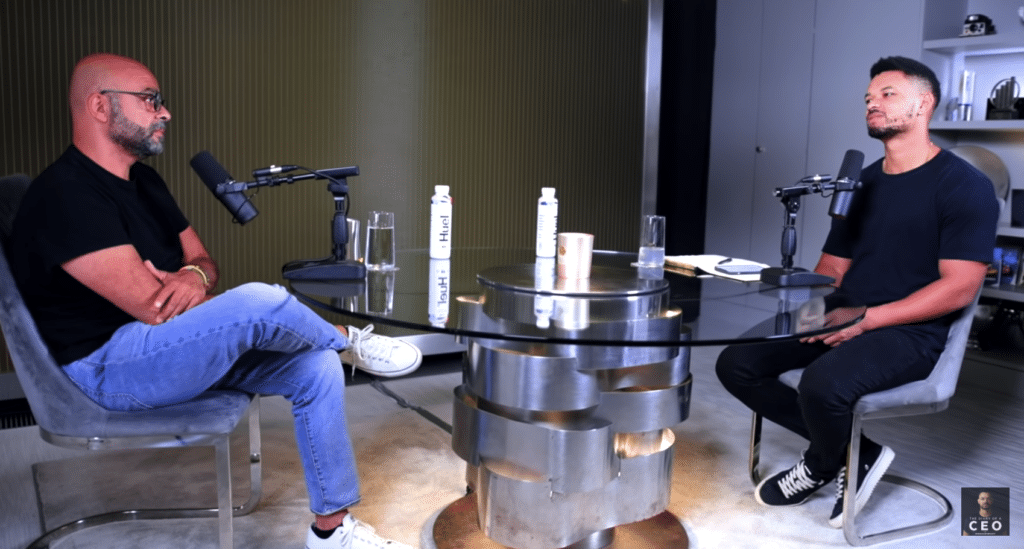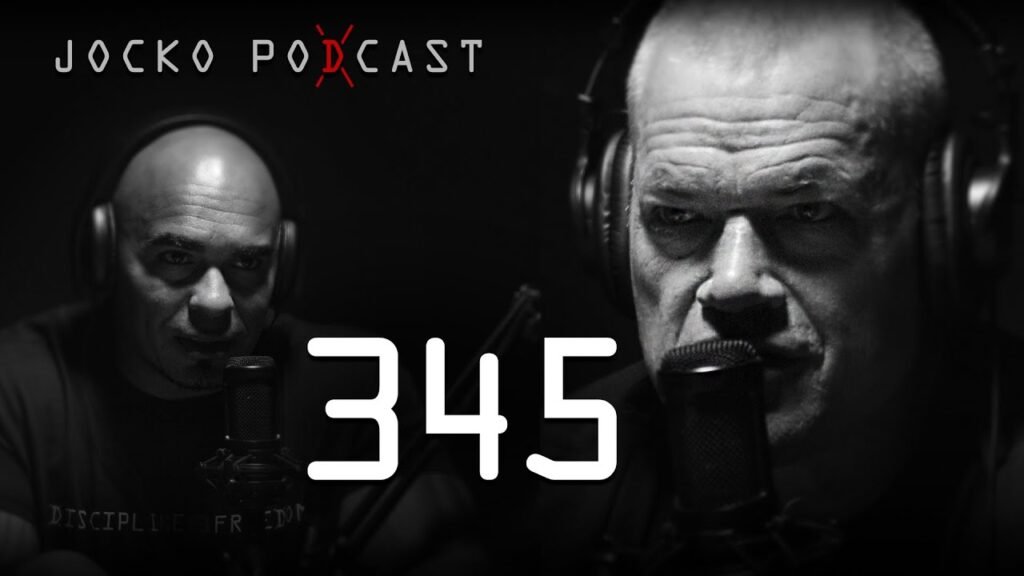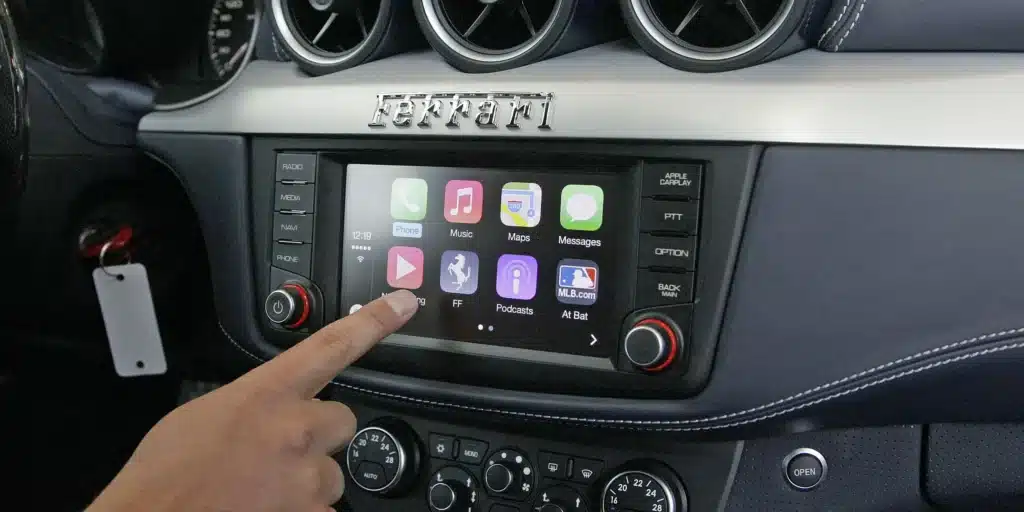It’s a scene I’ve witnessed countless times in the past year: someone gets into their car, plugs in their phone, and before the engine’s even warm, a podcast is streaming through the speakers. The station dial? Barely touched. This moment captures the reality that Podcasts Killed the Radio Star — not in theory, but in the way people now listen on the move.
By 2024, podcasts have overtaken traditional radio for in-car listening, a shift fuelled by technology, changing listener expectations, and the meteoric rise of digital-first audio content. What was once a niche form of storytelling has become the default for millions.

The Rise of the Podcast Era
Podcasts have broken free from their early, niche identity to become a global entertainment and information powerhouse. Three factors stand out as the catalysts for this rise:
- Diverse Content: Whether it’s true crime, science, comedy, or business advice, podcasts offer curated content for every possible interest.
- On-Demand Freedom: Unlike radio’s fixed schedule, podcasts fit into listeners’ lives whenever and wherever they choose.
- Professional Production: With advanced recording tools and editing software now accessible, podcasts rival — and often surpass — radio’s production quality.
This combination has pulled audiences away from radio’s one-size-fits-all model into an ecosystem where choice and control are everything.

Why Traditional Radio Is Losing Ground
Radio hasn’t disappeared, but its dominance is waning. The decline stems from three main challenges:
- Limited Programming Freedom: Listeners can’t pick and choose; they get whatever’s on air at the time.
- Ad Fatigue: Heavy commercial breaks interrupt flow and push audiences towards ad-lighter podcast formats.
- Technology Shift: Smartphones, smart speakers, and in-car infotainment systems have made digital audio the path of least resistance.

In-Car Listening Has Evolved
The car used to be radio’s fortress. Now, it’s a stronghold for podcasts. Infotainment systems are central to this change. Features like Apple CarPlay and Android Auto mean drivers can access podcasts as easily as their music library. Voice assistants, such as Siri and Google Assistant, make hands-free control effortless, and offline playback ensures content is available even when mobile signal isn’t.

The Numbers Tell the Story
According to Edison Research in 2024:
- 55% of car owners now choose podcasts over radio while driving.
- Among 18–34-year-olds, 70% prefer podcasts, pointing to a generational shift.
- Average in-car podcast listening time is up 20% year-on-year, while radio time has fallen by 15%.
These figures show that the switch isn’t a passing fad — it’s an entrenched behaviour.

Podcasts Dominating the Dashboard
Several shows have become staples for in-car listeners:
- The Joe Rogan Experience – Long-form conversations with guests from every field, offering depth rare in traditional radio.
- The Diary of a CEO – Steven Bartlett’s deep dives into business, mindset, and personal growth.
- Jocko Podcast – Leadership and discipline lessons from ex-Navy SEAL Jocko Willink.
- Huberman Lab – Neuroscientist Andrew Huberman explains complex science in accessible ways.
- Modern Wisdom – Chris Williamson’s philosophical, psychological, and personal development discussions.

Why Podcasts Fit the Road Trip Mindset
Podcasts thrive in cars because they offer what radio rarely can: sustained, immersive storytelling. Whether it’s a 15-minute update or a three-hour deep dive, the format bends to the journey, not the other way around.

What’s Next for In-Car Audio
The future of in-car listening is heading deeper into personalisation and integration:
- Enhanced Connectivity: Infotainment systems will get faster, smoother, and more intuitive.
- AI-Driven Recommendations: Cars could soon suggest podcasts based on trip length, time of day, or recent listens.
- Embedded Subscriptions: Built-in partnerships with podcast platforms could make exclusive, ad-free listening standard.

The Cultural Shift Is Complete
The move from radio to podcasts is about more than content delivery. It’s a cultural shift in control, variety, and depth of experience. People want to learn, laugh, or be moved — not just passively hear what’s next on the playlist.
Podcasts didn’t just challenge radio; they redefined what in-car audio can be. And for a growing majority of listeners, there’s no going back.



